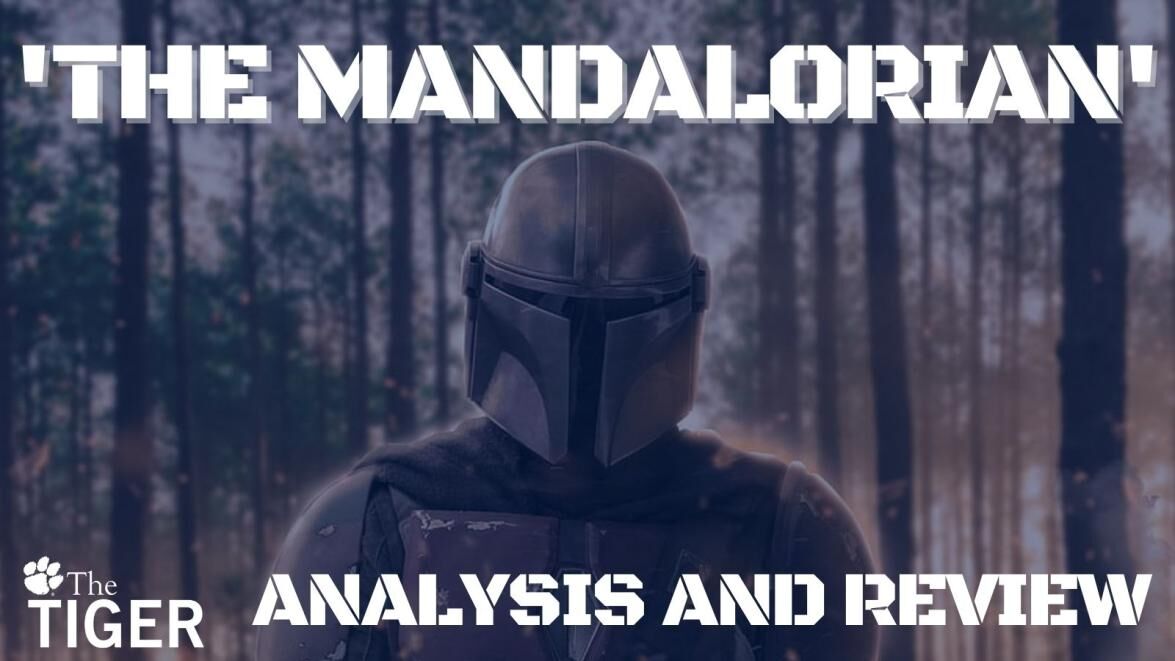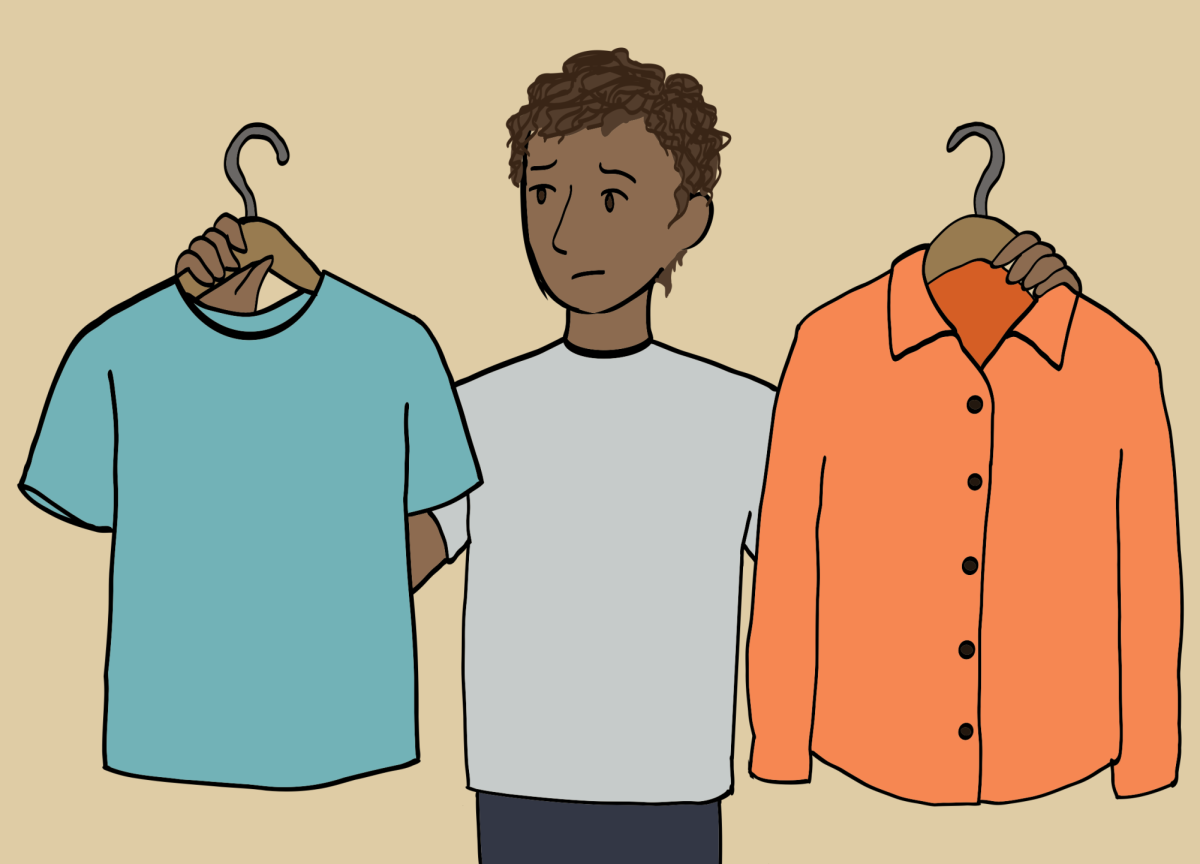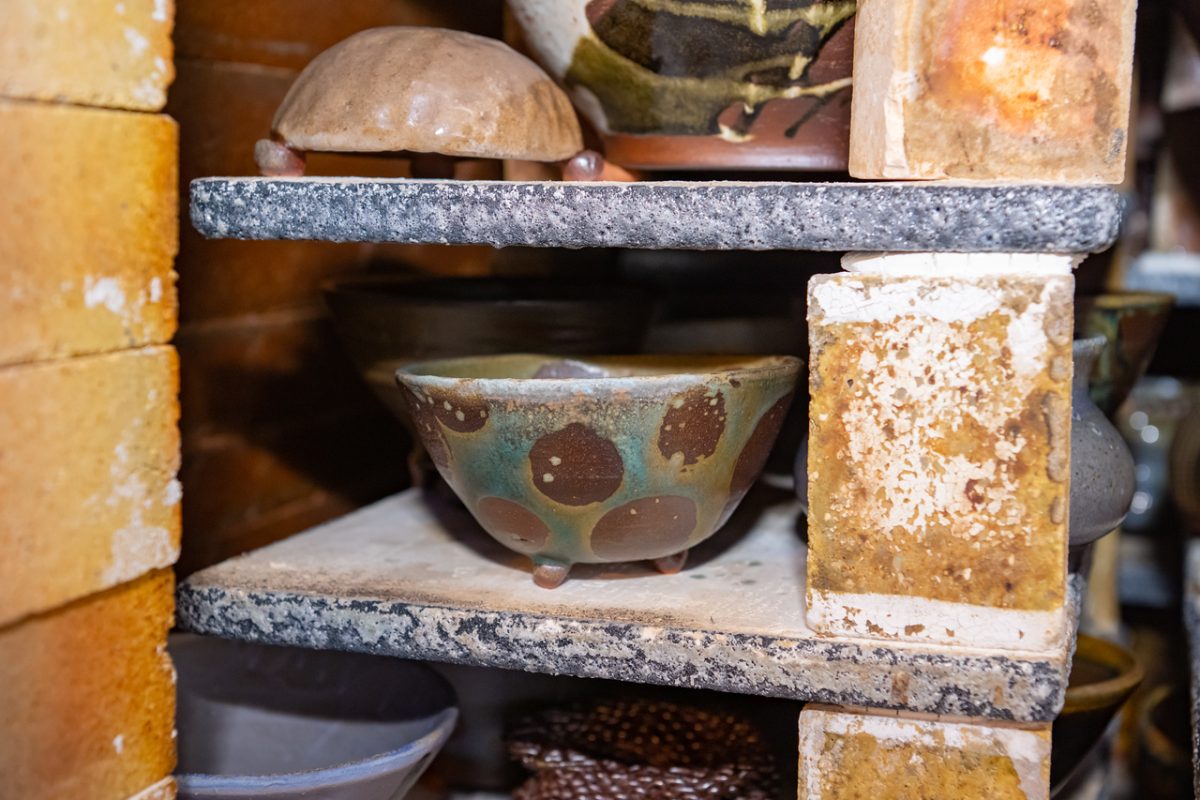Haven’t had your mind blown by the third episode of season two yet? You might want to avoid this article and the spoilers it contains, but check out my analysis of the second episode here!
It was clear from the first episode of season two that “The Mandalorian” is making an active effort to have Din Djarin and Baby Yoda interact more with the pre-existing and well-known aspects of Star Wars. Boba Fett’s appearance demonstrated that Jon Favreau, Dave Filoni and other creators are not afraid to reintroduce iconic and beloved characters, and this episode drove that point home.
The introduction of Bo-Katan Kryze (played by Katee Sackhoff, the voice actor for Bo-Katan in “Star Wars: The Clone Wars” and “Star Wars Rebels”) and two other Nite Owls is a welcome surprise, to be sure. On an aquatic planet that has already proved dangerous for Baby Yoda via something as unlikely as the food, Din and his charge are quickly cornered and placed in danger once again. The situation of being surrounded on all sides, in a tactically disadvantageous location and seemingly about to be beaten is an obvious call back to Chapter 8. Additionally, it is reminiscent of Chapter 4, which Bryce Dallas Howard also directed, due to the aquatic environment and presence of a single, overwhelming threat (the AT-ST walker in Chapter 4 and the mamacore in Chapter 11). Chapter 3, however, is the episode that has the most similarities to the moment in which the Nite Owls save Din and Baby Yoda.
The last time our titular character was aided by a group of Mandalorians in what seemed to be the final hour, he had just begun his quest to protect Baby Yoda, and in the end, those Mandalorians made themselves a target for the Empire’s fractured remnants and were killed. Other than his short reunion with The Armorer, Din has been acting as a lone fighter and has been separated from others who share his culture. The arrival of Bo-Katan, Axe Woves and Koska Reeves ends that isolation and reminds viewers of a crucial fact about Mandalorians: they are stronger together.
Though this comes after the short explanation that Din’s tribe was formed by religious zealots. Fans familiar with “Star Wars: The Clone Wars” already had an idea of the degree to which The Tribe was associated with Death Watch, especially since Paz Viszla was a member and likely related to Pre Viszla, who served as the head of Death Watch and once possessed the Darksaber. However, this also raises the question of when The Watch, as Bo-Katan calls it, broke away from Death Watch, and how it was associated with Death Watch prior to Maul taking over the planet of Mandalore. (Some information here is presumed. Not all of Clan Vizla is a part of Death Watch, per say, but it indicates a potential relation)
For the first time, Din’s honor and dedication to his creed is shown in a negative light. The beliefs which Din has stood by for the entirety of the season are called into question, and there is a new level of tension between Din and his culture. Considering the emphasis placed on Bo-Katan and her aims to reclaim Mandalore, it is likely that such tension will only grow as more Mandalorians are introduced and the clans are eventually brought together to fight the Empire. Din’s potential involvement in this emerging revolution remains a mystery, but his aptitude for learning from and working with fellow Mandalorians was clearly demonstrated throughout the middle of “The Heiress.”
In the space of 10 minutes, the Mandalorians overtake the freighter, and Din’s comfort and confidence with working with the Nite Owls steadily rises. While he begins the siege uncertain and trailing behind, Din soon advances to shooting on par with the other Mandalorians and even leading the charge on the bridge. The skill and efficiency of a Mandalorian task force makes itself overwhelmingly known when fighting the Quarren and then taking on the squad of stormtroopers. How could four people give the impression that there are at least 10 invaders? Because they are Mandalorian, obviously.
The Mandalorians’ competency in battle is literally part of their religion, and “The Mandalorian” will likely continue to demonstrate just how effective a group of these warriors are. This theme will also apply to Baby Yoda and the Jedi, since Bo-Katan’s last action ensures that Din and Baby Yoda will meet Ahsoka Tano within the next couple of episodes.
If Boba and Bo-Katan’s introductions are anything to go by, Ahsoka’s first appearance in live action will not be a disappointment. As one of the most influential members in the Star Wars universe, it is high time she made her 4D debut, and just the moment in which Bo-Katan said her name was electrifying. The promise of Ahsoka’s introduction, further action with Bo-Katan and the Darksaber, and a Mandalorian revolution on the rise gives Chapter 11 the most high-energy and promising storyline yet.
Finally, the end of the episode leaves us with an adorable image of Baby Yoda learning to treat Frog Lady’s children with respect rather than ravenous hunger. (Perhaps he’s finally learned from his experience as an egg-shaped meal for a larger predator?) Now, with a ship cobbled together with nets, Din and Baby Yoda are off to find the one character that the vast majority of fans are most excited to see. Whether Ahsoka will specifically appear in the next episode or during Chapter 13 is up for debate, especially considering Filoni wrote and directed the latter, but fans are surely excited for either possibility.
Bo-Katan’s introduction, the expansion on Mandalorian culture and the clear message that these characters are stronger together make “The Heiress” a phenomenal episode. With less than 30 minutes of new content, this episode still claims a spot as the top episode of “The Mandalorian.” However, with the obvious attention to detail and dedication to Star Wars lore that the creators continue to demonstrate, it is likely that the next episode will rank even higher.








